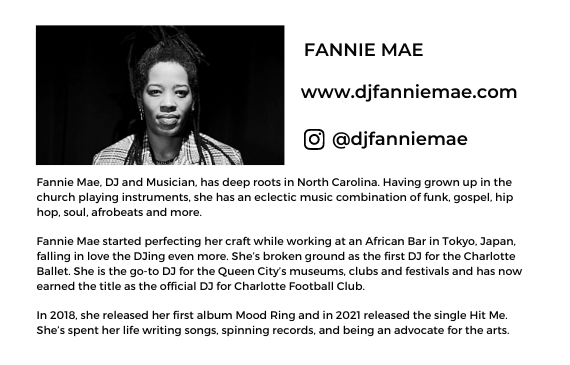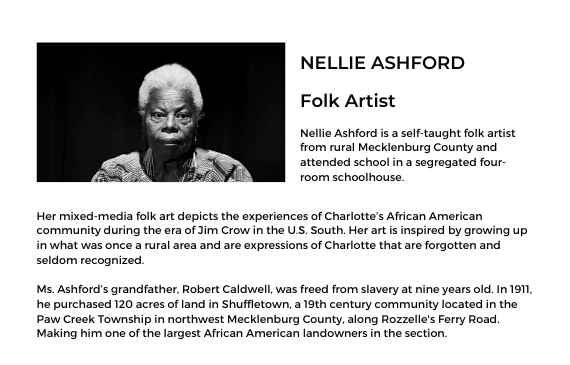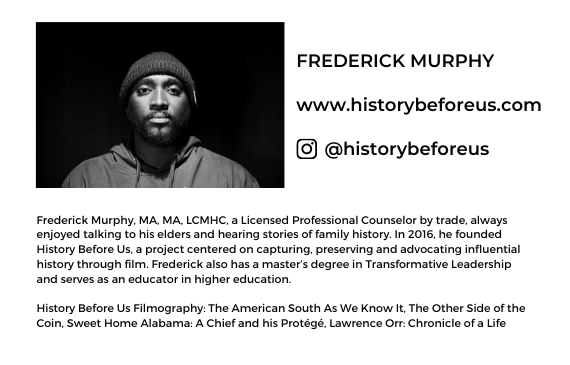
Craig Walsh's Monuments
Challenging traditional expectations of public monuments and the selective history represented in our public spaces. Built for the great outdoors, Monuments celebrates selected individuals through large-scale, nighttime projected portraits onto live trees in public spaces for stunning effect. Monuments represents a haunting synergy between the human form, nature, and the act of viewing. Enormous night-time projections transform trees into sculptural monuments.
-
DateApr 1 - 17, 2022
-
Venuehttps://www.charlotteshout.com/venues/detail
Event Details
Every Night 8:00PM - 11:00PM
Monuments: Charlotte’s Descendants pays tribute to the lives of Mecklenburg County's formerly Enslaved citizens and free people of color throughout the 18th and 19th centuries by honoring descendants of African Americans working to make change through the Arts.
PARTICIPANTS

HISTORY
Old Settlers’ Cemetery was the first municipal burial ground in Charlotte, operating from 1776 to 1884. Its name is derived primarily from the Scots-Irish Presbyterian settlers of Mecklenburg County. It is commonly known as the final resting place for Charlotte's elite 18th and 19th-century citizens.
Much like today, Charlotte was a diverse city in its founding century.
The intersection of Charlotte known as Trade and Tryon sits atop the intersection of two Native American trading paths, created by tribes like the Catawba, Cheraw, and Waxhaw who once thrived here. Native American populations dwindled as European settlers and their diseases swept through Mecklenburg County.
People of African descent constituted another important community of early Charlotteans. First brought here as Enslaved people by white settlers from other colonies or bought at the Slave Market in Charleston. The first recorded sale of an Enslaved person in Mecklenburg County took place in 1764 when a man was sold at auction for 75 pounds.
By 1790, the census for Mecklenburg County lists a total population of 1,608 Enslaved African Americans, or 14% of the town’s population. By 1850, Enslaved African Americans accounted for 44% of the total population inside the city limits.
While their graves are not marked, the north quadrant next to Church Street is the final resting place for the formerly Enslaved members of Charlotte's first one hundred years.


instagram
Follow